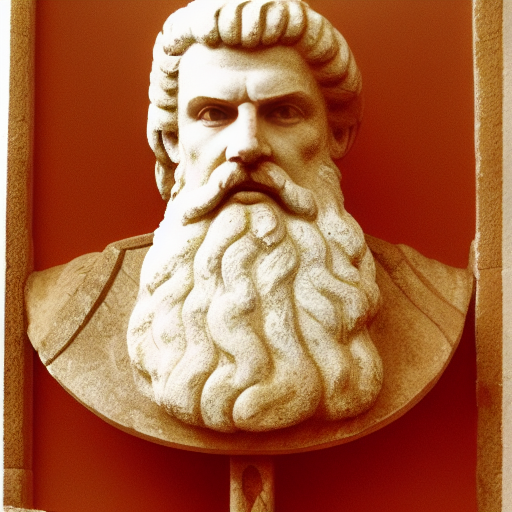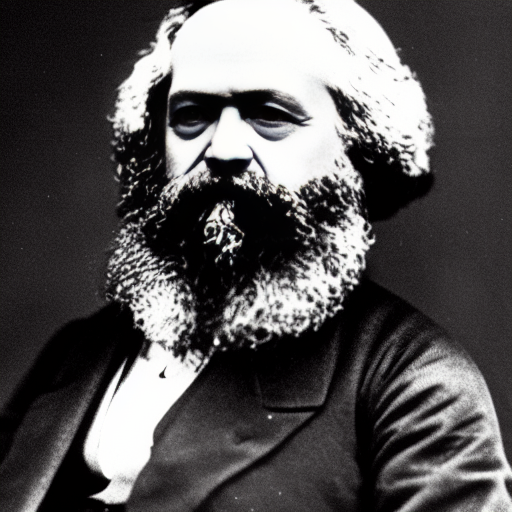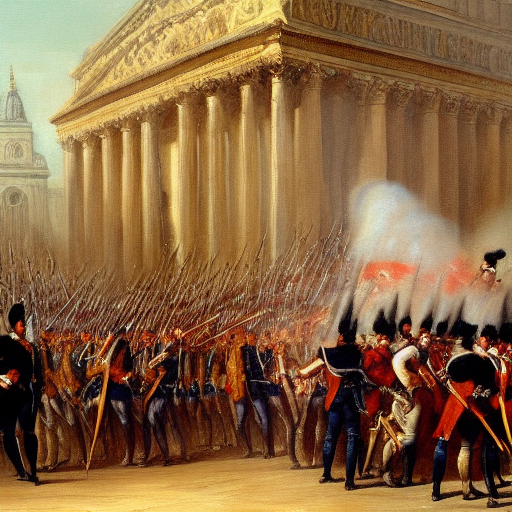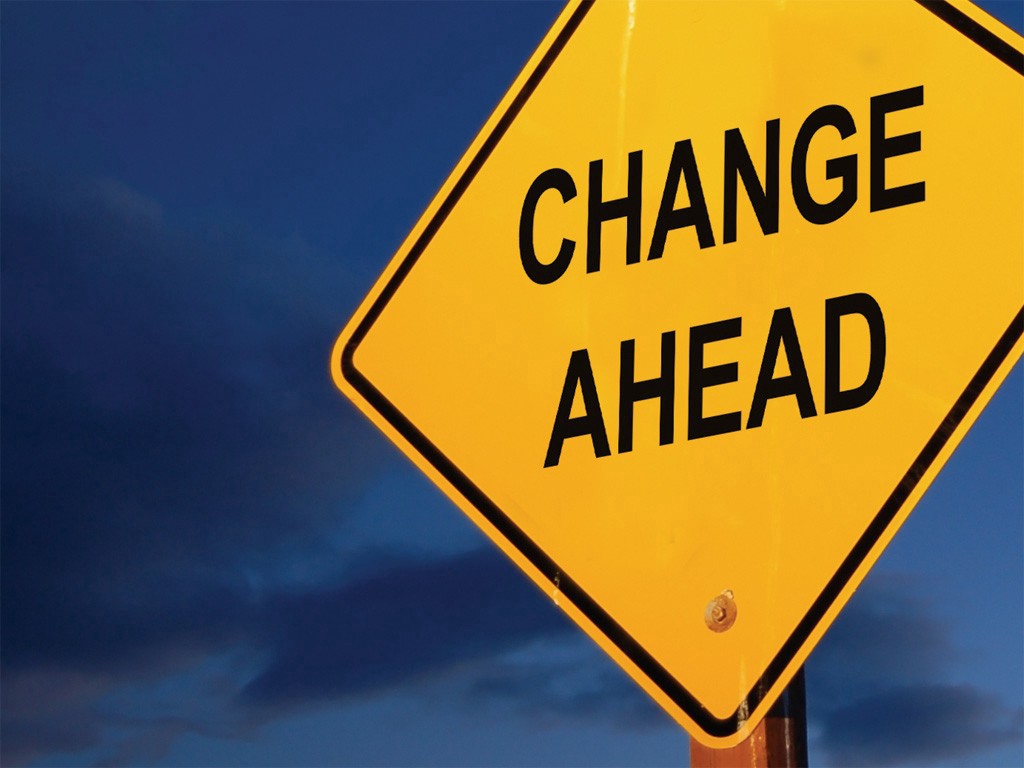The last time I posted about change was over 2 years ago and little did I know that I was about to experience the most profound change yet. But this time, it was not something that I had planned or anticipated. When I was writing that post, I was only thinking about making a career move – exiting my job and following the dream to build a business focused around helping people to learn and adapt to change. But before I was able to finalize my plans, the Universe threw a curveball, and the pandemic, which ensued, put me entirely off track. Only a couple of years later I felt comfortable enough to get back on track. Well, almost. In retrospect, I should have kept going back then, but adding more change on top of everything that was going on at that time didn’t seem like the right move. I just didn’t want any more change.
Speaking of change. Change is a weird concept. It is inevitable and ubiquitous. Ordinary people can inspire or influence change through their actions. Sometimes we embrace it, other times we fiercely resist it. Sometimes we build our whole lives around the need for change, yet we hardly understand how it works.

The cyclical process of birth, growth, breakdown, and dissolution has long been a philosophical subject, maybe reaching back to the ancient Greeks. Heraclitus, who is remembered for his maxims “there is nothing permanent except change” and “you can never step into the same river twice,” compared the world order to an ever-living fire, “kindling in measures and going out in measures.” His compatriot Empedocles attributed the changes in the universe to the ebb and flow of two complementary forces which he called “love” and “hate.” Correspondingly, the ancient Chinese philosophers viewed reality as the dynamic interplay of two opposites — the yin and the yang. Their keen understanding of change is reflected in the term they use for “crisis” — Wei-Ji — which is composed of the characters for “danger” and “opportunity.”

Change, according to Oswald Spengler, Pitirim Sorokin, and other social thinkers, is fundamentally cyclical. This means that changes happen in a repeating pattern and that, although the specifics may be different each time, the general sequence of events is the same. The major alternative to this model is the linear or evolutionary view of change perhaps best articulated by Herbert Spencer, Karl Marx, and August Comte. This interpretation is reminiscent of the general belief in science and progress held by social scientists in the nineteenth century. Marx’s theories were based in large part on Hegel‘s view of history as a dialectical progression.
Hegel postulated that one concept (thesis) inevitably generates its opposite (antithesis) and that their interaction leads to a new concept (synthesis), which in turn becomes the thesis of a new triad. Marx adapted this model to his analysis of social change, asserting that all changes in society arise from the development of its internal contradictions. He saw society’s classes as encapsulating the contradictory principles of social order, and class struggle as a result of their dialectic interaction. Class struggle was the driving force of history for Marx. He held that all-important historical progress was born in conflict, struggle, and violent revolution. Human suffering and sacrifice were a necessary price that had to be paid for social change.

But the most exciting contributions to the idea of change in recent decades have come from people who study quantum physics, general systems, and chaos and complexity. Nobel laureates such as chemist Ilya Prigogine, physicist Murray Gell-Mann, and economist Kenneth Arrow, along with a host of others engaged in the study of complex systems have pioneered a new approach to understanding the change, or in other words – instability and fluctuations that characterize seemingly random events, be it at the level of molecules, of biological systems, or even of social systems. They have shown that many random events can be understood as the outcome of a complex set of interrelationships that are themselves subject to rapid and unpredictable change.
The central discovery here is the prevalence of instability. In essence, instability means that small changes in initial conditions may lead to a large amplification of the effects of the changes. A great example of this is the butterfly effect. It is difficult to predict what will happen when a butterfly flaps its wings in the Amazon, but a storm will likely form in the Atlantic. The butterfly effect is the unpredictable outcome of small changes in initial conditions. And sometimes seemingly insignificant events can lead to large-scale effects, like the financial crisis of 2008, or the spread of a virus.
Ilya Prigogine, who won the Nobel Prize in chemistry in 1977, has been at the center of the emerging science of complexity. In his book “Order Out of Chaos”, he explores the nature of change in what he calls “dissipative structures.” Dissipative structures are best described as open systems in the sense that they interact with the larger world around them by constantly trading energy and maintaining themselves through an endless dynamic flow. One of the chief characteristics of these systems is that they are subject to constant fluctuations or perturbations, sudden shifts that allow for novelty and unpredictable change.
A prime example of a dissipative structure is a human being. We are constantly interacting with our environment, taking in energy in the form of food and water and releasing energy in the form of waste and heat. Our biological systems then self-organize to maintain this flow. Fluctuations or perturbations in this case would be changes in our body temperature or sudden shifts in our moods. Our mind is another example of a dissipative structure, with its own fluctuations or perturbations caused by the changing world around us.

Effectively, human beings are the epitome of change. As dissipative structures, we are complex, dynamic systems that are constantly in motion and change. Our bodies, minds, and experiences are subject to constant fluctuations and perturbations, which drive our behavior and evolution over time. Our bodies are constantly transforming, our minds are always wondering and our inventions are forever changing the world around us. We are capable of adapting to new environments and situations, and we are constantly learning and growing. It can be seen that change is an inherent part of our world and human nature. Understanding how change works, and how we can learn to adapt to it, is essential for dealing with the challenges of a rapidly changing world.
But if a change is so “natural”, why does it feel so unnatural to deal with? Why do we tend to resist change and seek stability? Is change always good? These are some of the questions that I will address in my next post. Hopefully in less than 2 years. Stay tuned.
* All images were generated with Stable Diffusion AI

